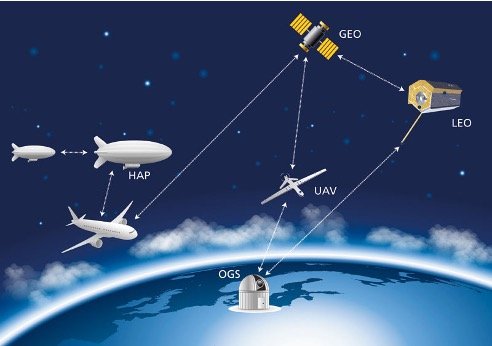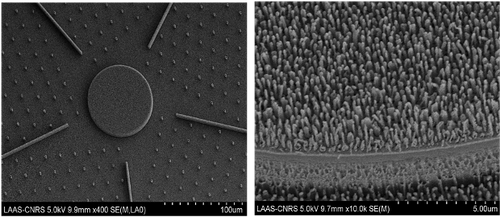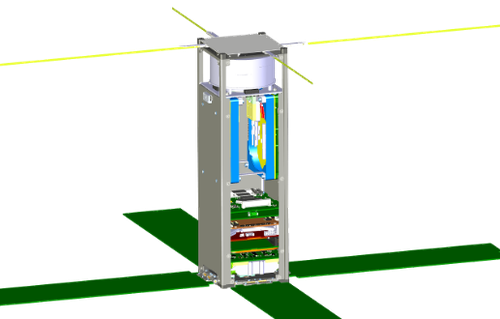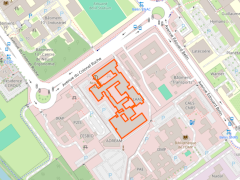Space

Responsables
At the very beginning (1968), the “Laboratory of automation and its space applications” aimed to clear the ground for space robotics and aircraft control. Subsequently, the issues addressed at LAAS expanded and each new department found itself in turn involved in work related to the space domain.
The main areas of research addressed by the space axis are as follows:
Telecommunications

- Increase of RF frequency (f > 30 GHz) and circuit integration
- Fiber optics technology in the satellite and/or free space optics
- Network reconfiguration: digital RF, frequency allocation, space and ground networks interaction, software defined network, network function virtualization…
- LEO satellite clusters, satellite IoT, satellite and terrestrial hybridation
Reliability
- Device reliability versus space radiations
- Other device or circuit level reliability: temperature, RF power, CEM
- Digital systems reliability versus single events
- System diagnosis and reconfigurability
Devices & sensors

- Devices for optical sensing (filters, optical sources, spectrometer…)
- Hyperspectral imager
- Biological or complex molecules sensing
- Data management for imaging systems
- Data fusion in multi sensors approaches
Energy management
- More efficient solar cells for space systems
- RF energy harvesting for sensors
- Energy management at satellite level
Guidance, scheduling & control

- Mission scheduling for distant probes or earth observation
- IA for deep space probes
- Control for space rendez-vous
- Specific problems related satellites clusters in LEO:
- Communications between satellites and satellites to earth
- Flight positioning and coordination
- Orbital tracking and collision avoidance
Nano satellites & probes
- Low cost scientific experiments (technology demonstrators, reliability versus radiations, communication node…)
- Small satellites cluster for IoT or earth observation
- Dedicated platform in the laboratory
- On going transition from student projects to industry












